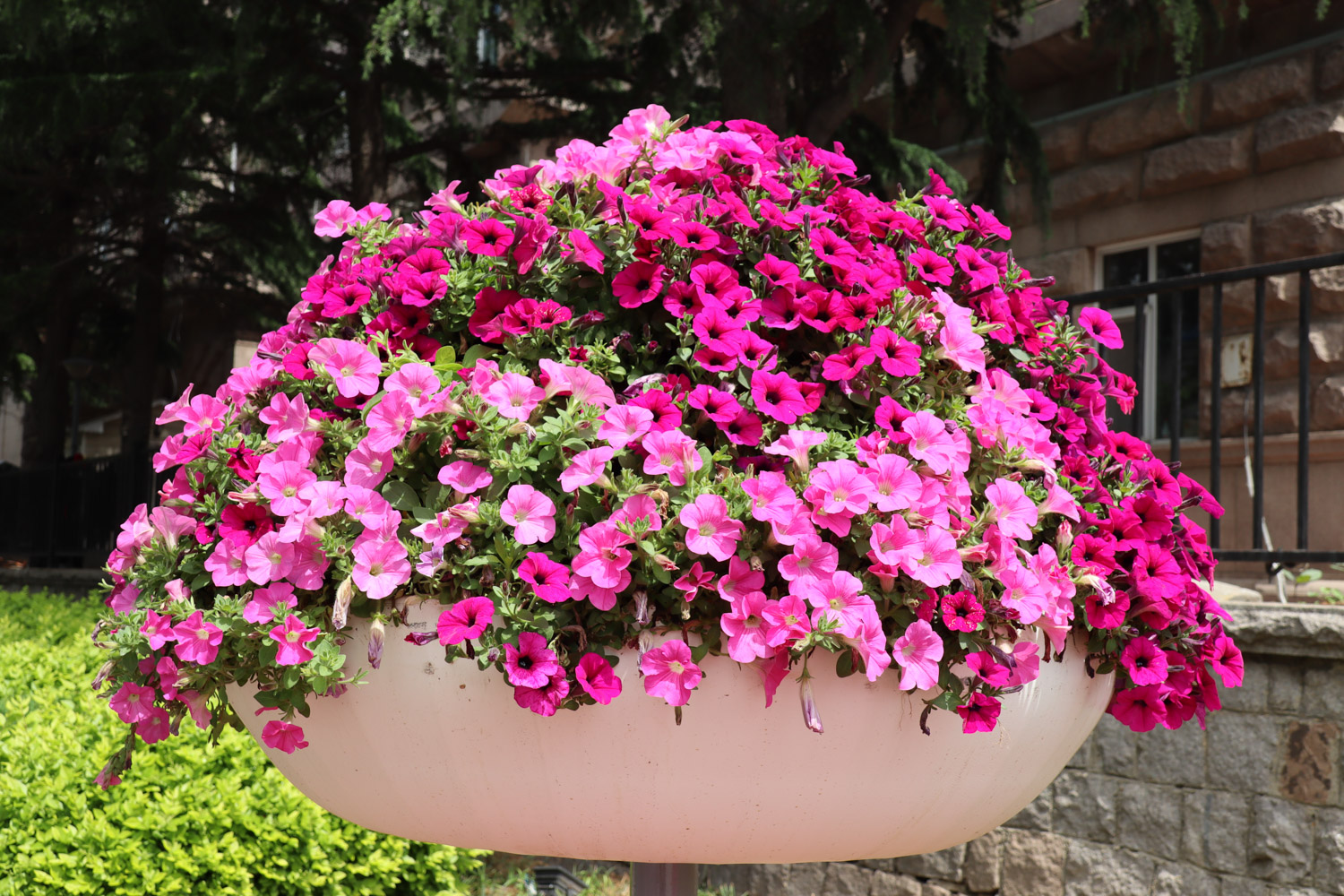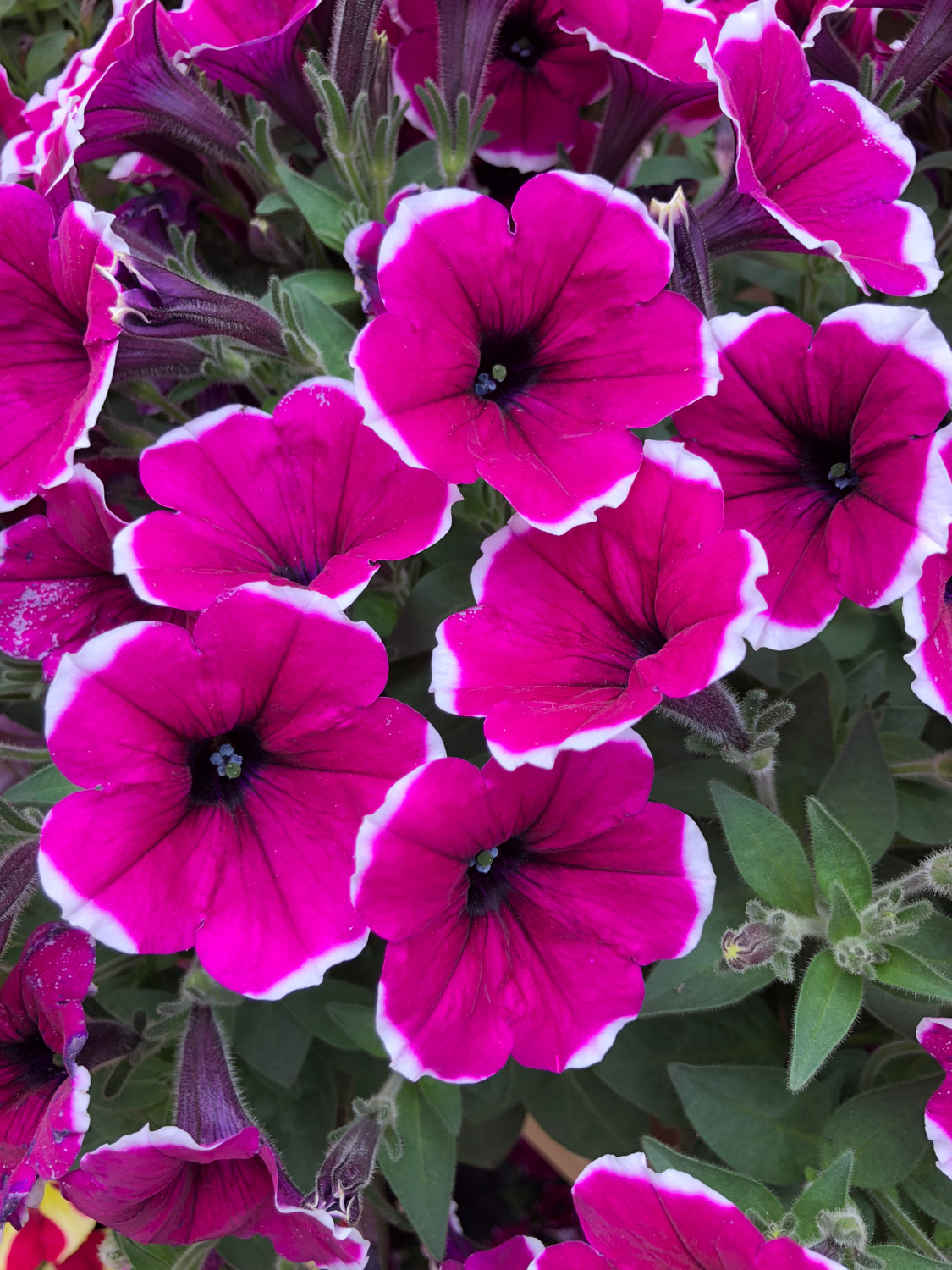1、 Breeding environment
1. Soil: loose and fertile soil with good drainage is suitable for Petunia breeding. It is afraid of too much water, so it is very important to choose soil with good drainage
2. Watering: water it properly, not too dry or too wet. If the soil is too dry, it will wither, and if the soil is too wet, rotten roots will appear. When the temperature is high in summer, the amount of watering should be increased appropriately. In rainy season, drainage measures should be strengthened to ensure that the soil is wet, not dry and there is no ponding
3. Light: it needs enough light to grow better. If the light is insufficient, the branches and leaves are easy to grow in vain. Receiving 12 hours of light every day is not only conducive to growth, but also more flowers and better quality
4. Temperature: the temperature suitable for Petunia growth is 13-18 ℃, the minimum temperature cannot be lower than 4 ℃, once it is lower than the minimum temperature, it will stop growing, and the maximum temperature in summer can withstand 35 ℃

2、 Breeding method
1. Cutting propagation: select the branches without insect pests, cut off about 10cm, disinfect the soil during cutting, and put the remaining 1.5cm in the place of astigmatism. To keep the soil moist, it will take about two weeks to take root and can be transplanted in about a month
2. It takes about 2 months to cover the fine sand for germination

3、 Common diseases and insect pests
1. White mildew: large white spots will appear on the leaves, which will cause the leaves to fall off in serious cases. After discovery, the diseased leaves should be removed in time, and 600 ~ 800 times of chlorothalonil with 75% concentration should be sprayed
2. Aphids: Petunia leaves and tender stems will be damaged. When aphids appear, they should be isolated in time, and then sprayed with 1000 times of Omethoate emulsion at 10% concentration


 how many times do yo...
how many times do yo... how many planted tre...
how many planted tre... how many pine trees ...
how many pine trees ... how many pecan trees...
how many pecan trees... how many plants comp...
how many plants comp... how many plants can ...
how many plants can ... how many plants and ...
how many plants and ... how many pepper plan...
how many pepper plan...





























